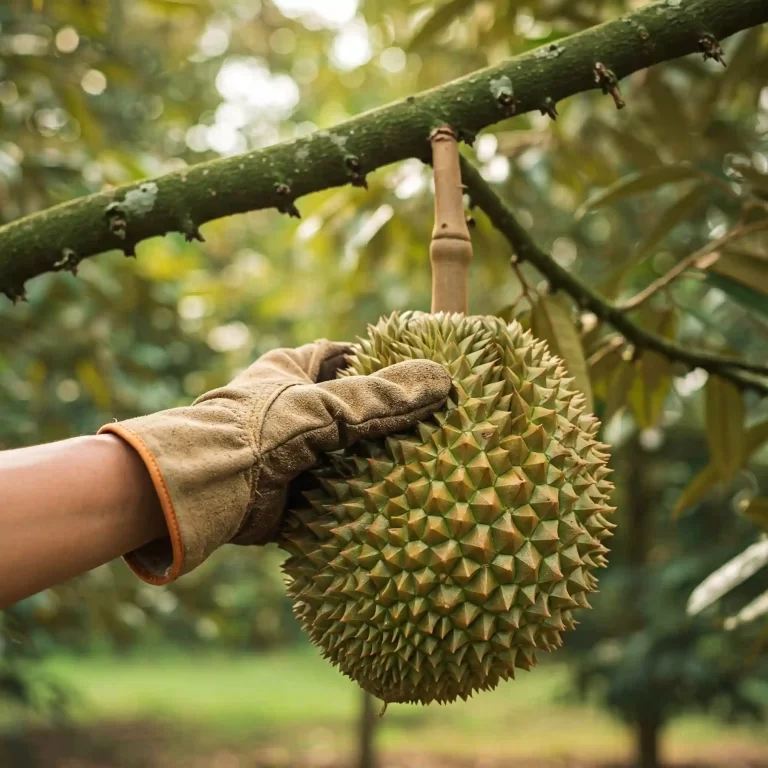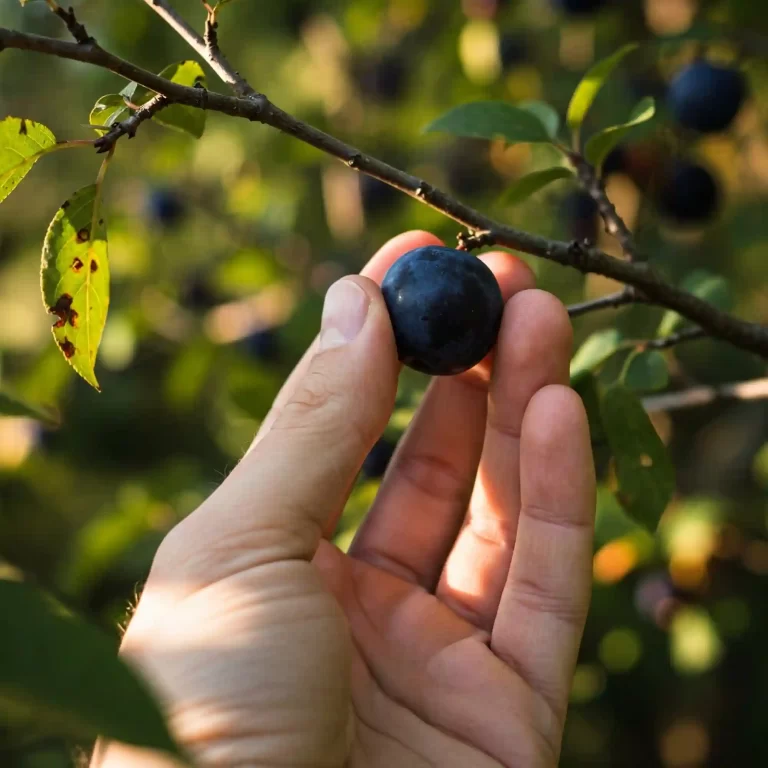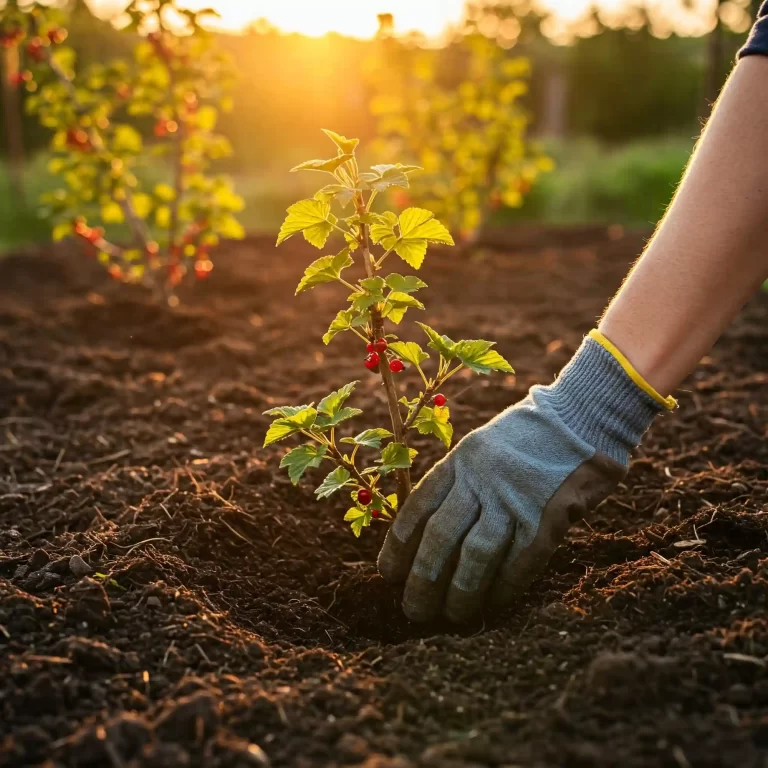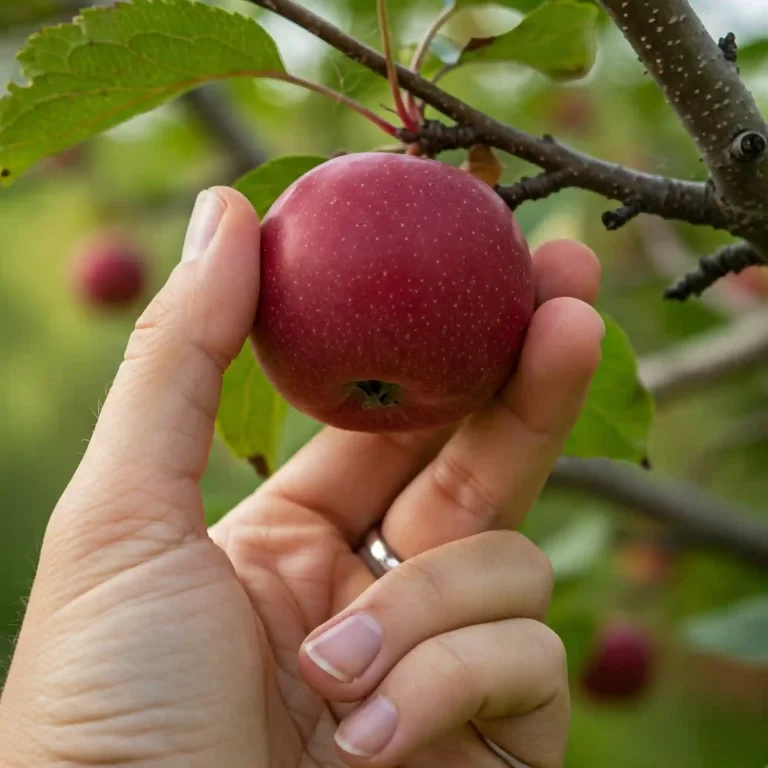As a gardener, you know how frustrating it can be when the growing season is cut short by cold weather. You put in all that effort, only to have your plants struggle or die because of frost.
It’s disheartening to see your hard work go to waste. You might feel like you’re constantly battling the elements, trying to protect your plants from the cold. This can be especially challenging if you’re passionate about gardening and want to grow your own food year-round.
Hot beds offer a practical solution to extend your growing season, protect your plants, and even improve your soil quality. By harnessing the natural heat generated from decomposing organic matter, you can create a warm, nurturing environment for your plants, even in the coldest months.
What Are Hot Beds?
Hot beds are a fascinating and highly effective gardening technique that has been used for centuries to extend the growing season and improve plant health. Essentially, a hot bed is a type of raised bed that uses the heat generated from decomposing organic materials to warm the soil. This process creates a microclimate that is ideal for starting seeds early, growing cool-season crops, and protecting plants from frost.
Historical Background and Evolution
The concept of hot beds dates back to ancient times. Historical records suggest that the Romans used similar techniques to grow vegetables during the winter months. They would build beds filled with manure and cover them with glass or transparent materials to trap heat. This method allowed them to enjoy fresh produce even when the weather was cold.
In the 18th and 19th centuries, hot beds became popular in Europe, particularly in England and France. Gardeners would construct elaborate hot beds using brick or wooden frames, filled with layers of manure and straw. These beds were often covered with glass cloches or cold frames to retain heat and protect the plants.
Today, hot beds are still widely used by gardeners around the world. Modern hot beds can be constructed using a variety of materials and techniques, but the basic principle remains the same: using the heat from decomposing organic matter to create a warm growing environment.
How Hot Beds Work
The key to a successful hot bed lies in the decomposition process. When organic materials such as manure, straw, and compost break down, they generate heat. This heat is then transferred to the soil, creating a warm environment that is ideal for plant growth.
Here’s a step-by-step breakdown of how hot beds work:
- Construction: A hot bed is typically built with a frame made from rot-resistant lumber, bricks, or masonry blocks. The frame is deeper at the back than the front to maximize sunlight exposure.
- Layering Organic Materials: The bottom layer of the hot bed is filled with coarse materials such as branches or straw to provide drainage. On top of this, a thick layer of fresh manure is added. The manure is then covered with a layer of straw or leaves to help insulate the heat.
- Adding Soil: A layer of good-quality soil is added on top of the organic materials. This is where the plants will be grown.
- Decomposition and Heat Generation: As the manure and other organic materials decompose, they generate heat. This heat warms the soil, creating an ideal environment for seed germination and plant growth.
- Planting and Maintenance: Seeds or young plants are planted in the soil layer. The hot bed needs to be monitored regularly to ensure that the temperature remains consistent and that the plants are receiving enough water.
Benefits of Using Hot Beds
Hot beds offer a range of benefits for gardeners, making them a valuable addition to any garden. Here are some of the key advantages:
- Extended Growing Season: One of the primary benefits of hot beds is that they allow you to extend your growing season. By providing a warm environment, hot beds enable you to start seeds earlier in the spring and continue growing crops later into the fall and winter.
- Improved Soil Quality: The decomposition process in hot beds not only generates heat but also enriches the soil with nutrients. This can lead to healthier plants and higher yields.
- Frost Protection: Hot beds provide a protective environment for plants, shielding them from frost and cold temperatures. This is particularly beneficial for tender plants that are susceptible to frost damage.
- Enhanced Seed Germination: The warm soil in hot beds promotes faster and more reliable seed germination. This can give your plants a head start and lead to stronger, more vigorous growth.
- Versatility: Hot beds can be used to grow a wide variety of crops, from cool-season vegetables to herbs and flowers. They are also ideal for starting seeds and growing transplants.
Hot beds are a powerful tool for gardeners looking to extend their growing season, improve soil quality, and protect their plants from frost. By harnessing the natural heat generated from decomposing organic materials, you can create a warm, nurturing environment for your plants, even in the coldest months. Whether you’re a seasoned gardener or just starting out, hot beds offer a practical and effective solution to many common gardening challenges.
Benefits of Using Hot Beds
Hot beds offer a range of benefits for gardeners, making them a valuable addition to any garden. Here are some of the key advantages:
- Extended Growing Season: One of the primary benefits of hot beds is that they allow you to extend your growing season. By providing a warm environment, hot beds enable you to start seeds earlier in the spring and continue growing crops later into the fall and winter.
- Improved Soil Quality: The decomposition process in hot beds not only generates heat but also enriches the soil with nutrients. This can lead to healthier plants and higher yields.
- Frost Protection: Hot beds provide a protective environment for plants, shielding them from frost and cold temperatures. This is particularly beneficial for tender plants that are susceptible to frost damage.
- Enhanced Seed Germination: The warm soil in hot beds promotes faster and more reliable seed germination. This can give your plants a head start and lead to stronger, more vigorous growth.
- Versatility: Hot beds can be used to grow a wide variety of crops, from cool-season vegetables to herbs and flowers. They are also ideal for starting seeds and growing transplants.
Materials Needed for Building Hot Beds
Building a hot bed requires a few essential materials. Here’s a comprehensive list to get you started:
- Frame Materials:
- Lumber: Rot-resistant wood such as cedar or redwood is ideal for building the frame.
- Bricks or Masonry Blocks: These can be used to create a more permanent structure.
- Screws and Nails: For assembling the frame.
- Organic Materials:
- Manure: Fresh manure is a key component as it generates heat during decomposition.
- Straw or Leaves: These materials help insulate the heat and aid in decomposition.
- Compost: Adds nutrients to the soil and aids in the decomposition process.
- Soil:
- Good-Quality Garden Soil: This is where your plants will grow, so it’s important to use nutrient-rich soil.
- Optional Materials:
- Electric Heating Cables: For more controlled heating, especially in very cold climates.
- Thermometers: To monitor the temperature of the hot bed.
- Cold Frames or Cloches: To cover the hot bed and retain heat.
Step-by-Step Guide to Building a Hot Bed
Creating a hot bed involves several steps. Here’s a detailed guide to help you build your own:
- Choosing the Right Location:
- Select a sunny spot in your garden that receives at least 6-8 hours of sunlight per day.
- Ensure the location is protected from strong winds.
- Constructing the Frame:
- Build a frame using rot-resistant lumber, bricks, or masonry blocks. The frame should be deeper at the back than the front to maximize sunlight exposure.
- The dimensions can vary, but a common size is 3 feet wide by 6 feet long.
- Layering Organic Materials:
- Start with a layer of coarse materials such as branches or straw at the bottom for drainage.
- Add a thick layer of fresh manure on top of the coarse materials.
- Cover the manure with a layer of straw or leaves to help insulate the heat.
- Adding Soil:
- Add a layer of good-quality garden soil on top of the organic materials. This is where your plants will grow.
- The soil layer should be at least 6-8 inches deep.
- Planting and Maintenance:
- Plant seeds or young plants in the soil layer.
- Monitor the temperature regularly to ensure it remains consistent.
- Water the hot bed as needed to keep the soil moist but not waterlogged.
Best Crops for Hot Beds
Hot beds are versatile and can be used to grow a wide variety of crops. Here are some of the best options:
- Cool-Season Vegetables:
- Lettuce: Thrives in the cool, moist environment of a hot bed.
- Spinach: Grows well in the warm soil of a hot bed.
- Radishes: Quick-growing and ideal for hot beds.
- Herbs:
- Parsley: Prefers the consistent warmth of a hot bed.
- Cilantro: Grows well in the controlled environment of a hot bed.
- Chives: Benefit from the warm soil and protection from frost.
- Starting Seeds:
- Tomatoes: Start seeds early in a hot bed for a head start on the growing season.
- Peppers: Benefit from the warm soil and early start.
- Cucumbers: Grow well when started early in a hot bed.
Maintaining Your Hot Bed
Proper maintenance is crucial for the success of your hot bed. Here are some tips to keep it in top condition:
- Regular Monitoring:
- Check the temperature regularly using a thermometer. The ideal temperature range is 70-85°F (21-29°C).
- Adjust the layers of organic materials if the temperature is too high or too low.
- Adding Organic Matter:
- Periodically add fresh manure or compost to maintain the heat and nutrient levels.
- Turn the organic materials occasionally to promote even decomposition.
- Watering and Fertilizing:
- Keep the soil moist but not waterlogged. Overwatering can cool the hot bed and hinder decomposition.
- Use organic fertilizers to provide additional nutrients to the plants.
- Seasonal Maintenance:
- In the fall, prepare the hot bed for winter by adding a thick layer of straw or leaves for insulation.
- In the spring, refresh the organic materials and soil to get ready for the new growing season.
Common Mistakes to Avoid
Avoiding common mistakes can help ensure the success of your hot bed. Here are some pitfalls to watch out for:
- Overheating or Underheating:
- Monitor the temperature regularly to avoid extremes. Overheating can damage plants, while underheating can slow growth.
- Using the Wrong Materials:
- Use fresh manure and organic materials that decompose well. Avoid using materials that don’t break down easily.
- Poor Location Choice:
- Choose a sunny, sheltered spot for your hot bed. Avoid areas with poor drainage or excessive shade.
- Neglecting Regular Maintenance:
- Regularly check and adjust the layers of organic materials. Neglecting maintenance can lead to temperature fluctuations and poor plant growth.
Hot Beds vs. Cold Frames
While hot beds and cold frames are both used to extend the growing season, they have some key differences:
- Heat Source:
- Hot Beds: Use the heat generated from decomposing organic materials.
- Cold Frames: Rely on solar energy and insulation to retain heat.
- Construction:
- Hot Beds: Typically deeper and filled with layers of organic materials.
- Cold Frames: Shallower and often covered with glass or plastic.
- Uses:
- Hot Beds: Ideal for starting seeds, growing cool-season crops, and protecting plants from frost.
- Cold Frames: Used for hardening off seedlings, extending the growing season, and protecting plants from cold weather.
- Maintenance:
- Hot Beds: Require regular monitoring and maintenance of the organic materials.
- Cold Frames: Easier to maintain but may require additional insulation in very cold weather.
DIY Hot Bed Projects
Creating your own hot bed can be a rewarding project. Here are some DIY ideas to get you started:
- Simple Hot Bed for Beginners:
- Use a wooden frame and fill it with layers of straw, manure, and soil.
- Cover with a plastic sheet or cold frame to retain heat.
- Advanced Hot Bed with Heating Cables:
- Incorporate electric heating cables for more controlled heating.
- Use a thermostat to maintain the desired temperature.
- Creative Uses for Hot Beds:
- Use hot beds to grow exotic plants that require warmer temperatures.
- Experiment with different organic materials to see what works best for your garden.
Conclusion
Hot beds are a powerful tool for gardeners looking to extend their growing season, improve soil quality, and protect their plants from frost. By harnessing the natural heat generated from decomposing organic materials, you can create a warm, nurturing environment for your plants, even in the coldest months. Whether you’re a seasoned gardener or just starting out, hot beds offer a practical and effective solution to many common gardening challenges.
- Subscribe to the blog for more gardening tips.
- Follow on social media for updates and inspiration.
- Download a free guide on advanced hot bed techniques.
This comprehensive guide covers everything you need to know about hot beds, from their benefits and construction to maintenance and common mistakes. By following these tips and techniques, you can create a thriving garden that produces healthy, vibrant plants year-round. Happy gardening!



